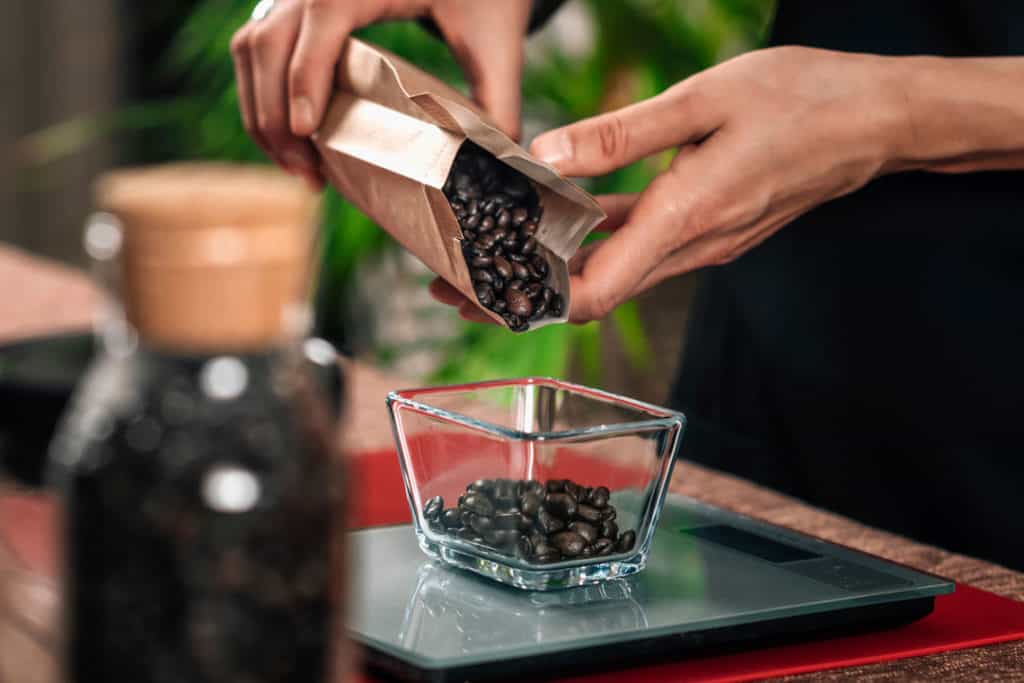Have you ever observed a frothy rush of bubbles while brewing your coffee? If yes, then you’ve witnessed the beauty of “coffee bloom”. But why does this matter? Whether you’re a seasoned coffee enthusiast or new to the world of coffee, understanding coffee bloom will help you brew a better cup. Let’s explore!
What Causes Coffee Bloom
The magic of coffee bloom is essentially a chemistry lesson. When hot water meets coffee grounds, trapped carbon dioxide (CO2) gas – a by-product of the roasting process – escapes, creating this captivating bloom. The level of roast impacts the amount of CO2 present, with darker roasts generally having more of it.
Interestingly, the freshness of your beans also plays a role. Just roasted? Expect more bloom as freshly roasted coffee holds more CO2. As your beans age, they release this gas, resulting in less dramatic blooming.
Furthermore, your choice of brewing method and grind size can impact the coffee bloom. Whether you’re using a pour-over, French press, or AeroPress, each technique interacts differently with your grounds, influencing bloom. Similarly, the grind size, ranging from fine to coarse, can also affect how your coffee blooms.
Why Coffee Bloom Matters
Beyond its aesthetic appeal, the coffee bloom has significant implications for your coffee’s taste. It’s all about extraction – the process where water dissolves the flavorful compounds from your coffee grounds.
If there’s too much CO2 (indicative of fresh beans), water struggles to penetrate the grounds evenly, resulting in under-extraction. The result? Your coffee might taste sour, weak, or watery. Conversely, too little CO2 (indicative of old beans) can lead to over-extraction, where your coffee might end up tasting bitter or harsh.
Hitting the extraction sweet spot is crucial for a well-balanced, flavorful coffee. Coffee bloom also influences your brew’s aroma, sweetness, acidity, and bitterness. And if you’re an espresso lover, it affects the crema and body of your shots too!
How to Control Coffee Bloom
So, how can you manage coffee bloom for a perfect cup? Here are some tips:
- Grind Size: For pour-over methods, a medium-fine grind often works best.
- Pre-Wetting: Wet the grounds with a little water before pouring the rest, allowing the CO2 to escape.
- Water Temperature: Use water just off the boil (around 200°F / 93°C) for optimal extraction.
- Fresh Beans: Use coffee beans within two weeks of roasting for a good balance of flavor and bloom.
Mastering the blooming stage involves measuring the right amount of water and timing depending on your brewing method and grind size. Additionally, gently stirring or using a spoon to break the bloom’s crust ensures an even extraction.
Remember, the process of brewing coffee is both a science and an art. Feel free to experiment and observe how different variables affect your coffee’s bloom and overall flavor.
Conclusion
To sum up, coffee bloom is a mesmerizing yet crucial part of brewing coffee. It’s a game-changer for both beginners and coffee connoisseurs, influencing the extraction process and the final taste of your brew.
And now, armed with the understanding of what coffee bloom is and why it matters, it’s time to brew yourself a blooming good cup of coffee!
Last Updated on June 7, 2023 by Cristina Vélez




